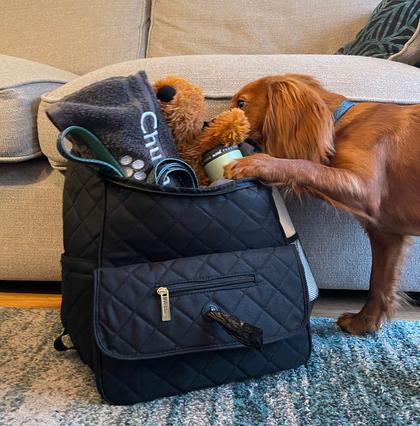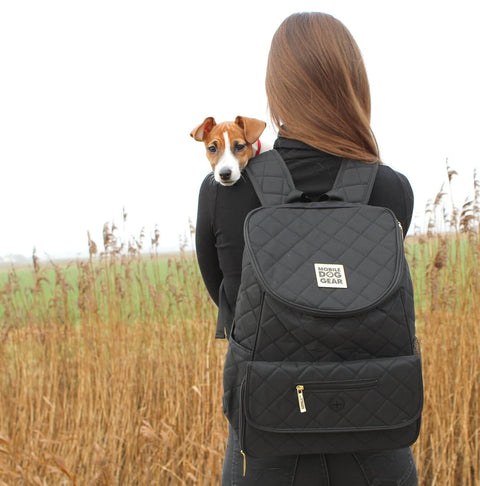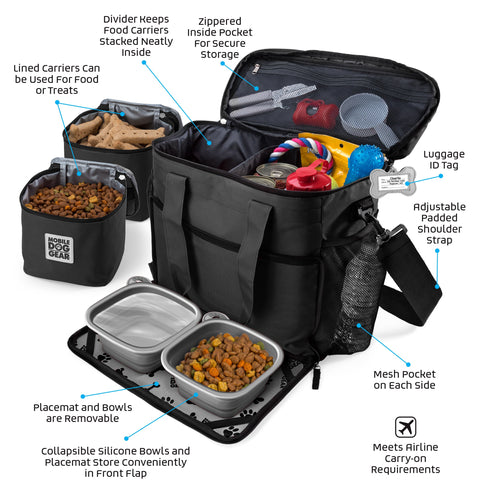
Having pets is a beautiful chaos. You get the joy, the snuggles, and the laughs, but you also inherit fur tumbleweeds, mystery smells, and a few too many scratched surfaces. Living with animals means adapting your home to a new rhythm—one where cleanliness and durability matter just as much as comfort. If you’re sharing your space with paws and claws, it helps to have a game plan for keeping your home in check without losing your mind.
Keep Floors Friendlier and Tougher
Hard floors take a beating when pets are around. Between muddy paws and the occasional accident, you want materials that can roll with the punches. Laminate, tile, and luxury vinyl are smart choices because they’re easier to clean and don’t absorb odors like carpet does. If you’ve already got hardwoods, area rugs can save your finish—just make sure they’re washable and have a grippy backing.
Don’t Sleep on Air Quality
People underestimate how much pets affect the air in your home. Dander, fur, and even that outdoor dust they track in can mess with your indoor environment. Swapping out HVAC filters more often—think every 30 to 60 days instead of quarterly—can make a noticeable difference. It’s also worth investing in a solid air purifier, especially if your pet sheds a lot.
Protect Furniture
Unless you’ve got some miracle animal that never jumps on the couch, your furniture will eventually bear the scars of pet life. Throws and slipcovers are your best friends here. Go for durable, machine-washable fabrics in patterns or darker tones that don’t showcase every hair. And if you’re buying new furniture, skip the velvet and linen—opt for tightly woven materials that can take a hit.
Fix Pet Damage Without the Headache
When your dog chews the baseboards or your cat turns the window screens into ribbons, it’s easy to feel overwhelmed by the repairs piling up. A home maintenance and repair app can take the pressure off by helping you manage those pet-related fixes without juggling a dozen phone calls. The right app makes it simple to schedule service appointments, monitor repair progress, and store all the important details in one place. Take a look at this to connect with professionals who can provide accurate quotes.
Tackle Odors at the Source
No one wants their house to smell like “wet dog meets old litter box.” Scented candles and sprays just mask the problem—focus instead on what’s causing it. Regular bathing and brushing goes a long way, but so does washing pet bedding weekly and cleaning litter boxes and crates often. Enzyme cleaners are great for handling those mystery spots pets are famous for; they break down the odor molecules instead of just covering them up.
Scratches Happen—But You Can Minimize Them
Claws and beaks and tiny teeth have a knack for finding your most precious surfaces. Nail trims are essential, but so is setting up scratch-friendly zones. Scratching posts, mats, or even old rugs can redirect that natural urge in cats and dogs. And for high-traffic areas, corner guards or clear adhesive protectors can keep your walls and furniture looking less like they hosted a wild raccoon party.
Make Cleaning Part of the Routine, Not a Panic
Trying to deep clean your whole house every weekend will burn you out fast. Instead, layer in small, daily habits that make a big difference over time. A quick daily vacuum of high-traffic zones or a lint roll sweep of the couch is faster than waiting until you can build a pet hair snowman. Keep your supplies in easy reach and automate what you can—robot vacuums can be clutch if your dog doesn’t hate them.
Plan a Safe Zone for Pet Mayhem
You can’t pet-proof your whole house, but you can set up one room or zone where your animal can be a total goof without stressing you out. Use baby gates or close doors to keep pets out of more delicate spaces and let them have free reign in one well-maintained area. This helps with training too—they learn where they’re allowed to go full gremlin and where they’re not. Bonus: it makes containment easier if there’s ever mud, fleas, or something more chaotic.
Groom Your Pets Regularly
Bathing, brushing, and trimming claws might feel like chores, but they have a direct effect on your home’s condition. Less fur floating around means fewer hours spent dust-busting every crevice. Clean paws reduce the spread of outdoor grime, and trimmed nails lower the chance of gouged floors and shredded upholstery. Grooming is one of those habits where a little effort upfront saves you loads of cleanup down the line.
Train Them on Basic Commands
A well-behaved pet is the best home maintenance strategy out there. Teaching basic commands like “leave it,” “stay,” or “off” keeps them from destroying your stuff in the first place. Even indoor litter habits and crate training fall under this—structure and boundaries equal less mess. Training isn’t about being strict, it’s about building trust and making your home livable for everyone.
Living with pets means accepting a certain level of mess, but it doesn’t have to take over your space. With the right routines, a little planning, and some durable design choices, you can keep your home feeling like a sanctuary instead of a zoo. It’s about working with your pet’s nature, not against it. After all, your house should reflect both your lifestyle and the little creature who makes it feel more alive.
Embark on your next adventure with Mobile Dog Gear and discover the ultimate travel solutions for you and your furry friend. Explore our innovative collections and ensure a seamless journey with your canine companion today!





